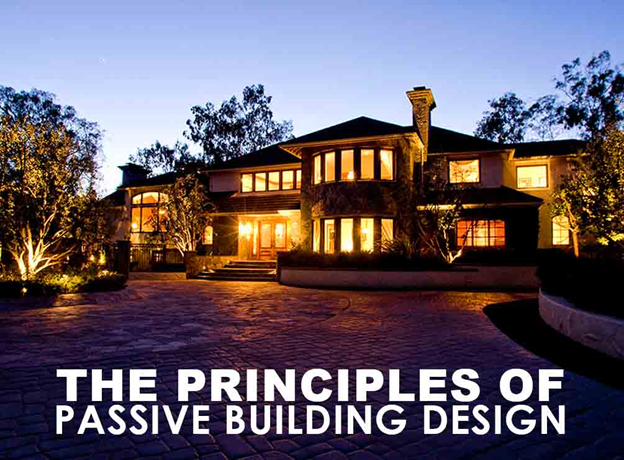

The term “passive” can refer to designs that operate without needing human or mechanical assistance. For example, passive ventilation can be possible by correct window positioning, while plants can be passively watered with a simple reservoir-based watering system.
In the industry, a passive building design can enhance a building’s energy efficiency through design principles that use energy-efficient components. At Renewal by Andersen® of Westchester and Fairfield County, we take pride in promoting energy efficiency. The replacement windows and patio doors you choose from Renewal by Andersen in CT are great examples.
Passive Building Principles
Its main objective is to significantly enhance its energy efficiency. To that end, the building in question should adhere to these five principles:
1. The building envelope must be continuously insulated without any thermal bridging.
2. It must be airtight, or at least free from infiltration and exfiltration.
3. The building must have energy-efficient windows and doors.
4. It must use a balanced heat- and moisture-recovery ventilation system, along with a minimal-space air conditioning system.
5. It should maximize solar heat for heating, and reduce it during hot weather.
A passive building should comply with the idea behind energy-efficient enclosures. That is by minimizing thermal transfer through use of optimal insulation and energy-efficient components.
How Our Products Help
Our services are focused on windows and patio doors, which are both essential elements to maintaining a home’s energy efficiency. For instance, our replacement windows in Connecticut have frames made from Fibrex® material, a composite made from wood fibers and polymer that combine the strength and insulation properties of wood with the low-maintenance properties of vinyl.
On the other hand, our patio door frames are made from energy-efficient materials. The glass on both replacement windows and patio doors feature our own High-Performance™ Low-E4® glass. The low emissivity coating filters let as much visible light as clear glass does, while filtering infrared and ultraviolet (UV) rays. The standard dual glaze design creates an airspace that minimizes contact between panes and reduces thermal transfer — internal heat is retained in the winter, ambient external heat is kept out in the summer.
The airspace can be optionally filled with a colorless, odorless, non-toxic argon gas blend that further enhances the insulation between glass panels. The complete window assembly displays exceptional energy efficiency performance and is backed by a non-prorated 20-year warranty — one of the strongest in the industry.
If you would like to know more about our energy-efficient patio doors and replacement windows in CT, call Renewal by Andersen® of Westchester and Fairfield County at (866) 609-5033. You may also fill out our contact form to schedule a free, no obligation consultation.